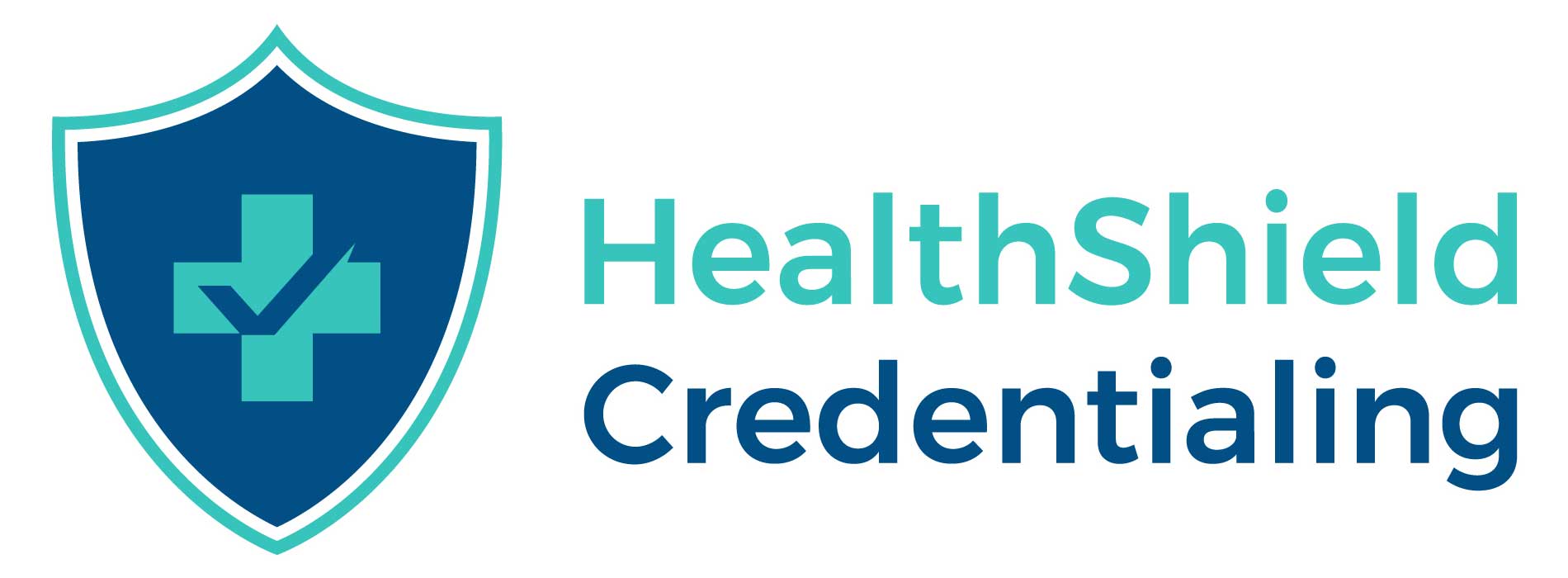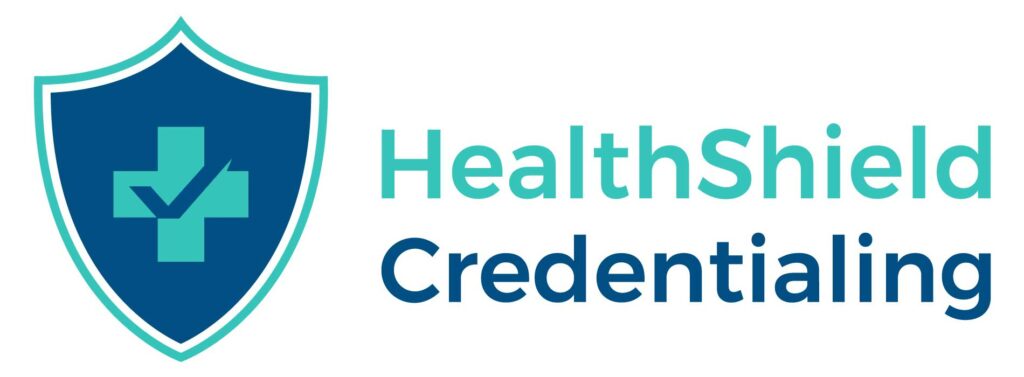About the Author: The 1099 contracting journey brings so many benefits, but also potential potholes along the way. This overview from Patrick Linehan, a licensed attorney and CRNA in Massachusetts, is rooted in situations he has observed through his experience. While he is licensed as an attorney in Massachusetts, this is not intended to provide specific legal advice nor create any form of attorney/client relationship. Please contact an attorney in your state for specific questions.
My Top Five Contract Traps for The Unwary
(Note: the term employer is used in this article for the purposes of both W2 and 1099 relationships.)
As a CRNA you’ve spent countless hours learning and applying your skills to provide safe and effective anesthetics for your patients. You may have also learned some basics about the business side of anesthesia, but many CRNAs are sorely lacking when it comes to contract negotiation and analysis skills. I am fortunate to be an attorney as well as a CRNA and have used my knowledge of contracts to help colleagues avoid the traps hidden and unhidden in their agreements.
Some have been utterly unaware of the meaning of what they are signing, not realizing that the attorneys for their employers draft the contracts to most benefit the hospital or group for whom the provider is servicing.
These are my Top Five Traps for The Unwary in no specific order which should be clearly spelled out and understood by all parties involved:
- Where will you be working? If you are contracting with a hospital or group with multiple locations be sure it is clearly spelled out at which location(s) you will be expected to work. It would be quite a surprise to think you’re going to be working in the endoscopy unit every day, only to find out they have assigned you to the open heart room. Be as specific as possible.
- What days and hours will you be working? Are you working 8, 10, 12, 16 or 24 hour shifts? Does your schedule include weekends, holidays or call and if so, how are they scheduled? What happens if you are going to be out sick or need a day off? I’ve actually received a contract that expected a CRNA who called out sick to pay a $250 per day penalty. Imagine being out for a month and having to pay $5,000 to your employer? We eliminated that provision.
- Malpractice Insurance. Who will pay for it and what type of policy will it be? Who will pay for a tail if required? Occurrence policies provide coverage for any event that took place during the policy period regardless of when the claim is filed and don’t require a tail purchase when you leave. Claims Made policies cover claims filed during the policy period. You need to purchase tail coverage when you no longer have the policy and will want to know if your employer or you will cover the cost, which is typically several thousand dollars.
- When you agree to indemnify the employer, it means that you will absolve them of liability in the event of a lawsuit caused by your error. I have read an Indemnification clause that called for the anesthesia provider to not only cover costs associated with a lawsuit for their mistake, but also to cover costs associated with a mistake made by the surgeon they were working with, even if there was no error by the CRNA. Can you imagine being expected to pay for the mistake of another? That was a situation that needed to be negotiated over several weeks because a large national company didn’t want to change their standard language for a few independent anesthesia contractors. I’m sure multitudes of CRNAs signed that without a second thought and have no idea of the potential liability they could have.
- Termination/Non-Compete Clauses. When it comes to termination clauses you want to be aware if your contract allows for termination by either side with cause or without cause. If you can be terminated for cause, then be specific (I reviewed a contract that allowed termination for cause in the case of arrest, which is a lot different than arrest AND conviction, which is what I changed the clause to read). Be aware of choice of venue for conflicts. Most national anesthesia companies will choose their home state as the venue to settle conflicts.
You should also be aware of the time required for notice and who and where it should be sent to (I always recommend sending notice via mail with delivery and signature confirmation).
Non-Compete Clauses vary in scope and enforceability and are typically controlled by State Law. They must be reasonable in Geographic Area and Time Frame. Geographic Areas of 50 miles with a Time Frame of 2 years are a good guide to use, but State Courts can expand or contract either of these numbers. Some States have exemptions from Non-Compete Clauses enforceability that includes health care workers. Of course, you should always try to eliminate these clauses or restrict them as much as possible.
There have been attempts to limit Non-Compete Clauses at the Federal level by Congress and President Biden, but it is still left to State Courts at this time.
These are my Top Five Traps for The Unwary when it comes to CRNA contracts. These are a few other tips I will leave you with:
- Get EVERYTHING you want or don’t want in writing!
- EVERYTHING is negotiable!
- Spend money to have an attorney well versed in contracts review your contract if you don’t understand something or have concerns. You should be able to get this done for about $500 to $1,000 it will be money well spent.







